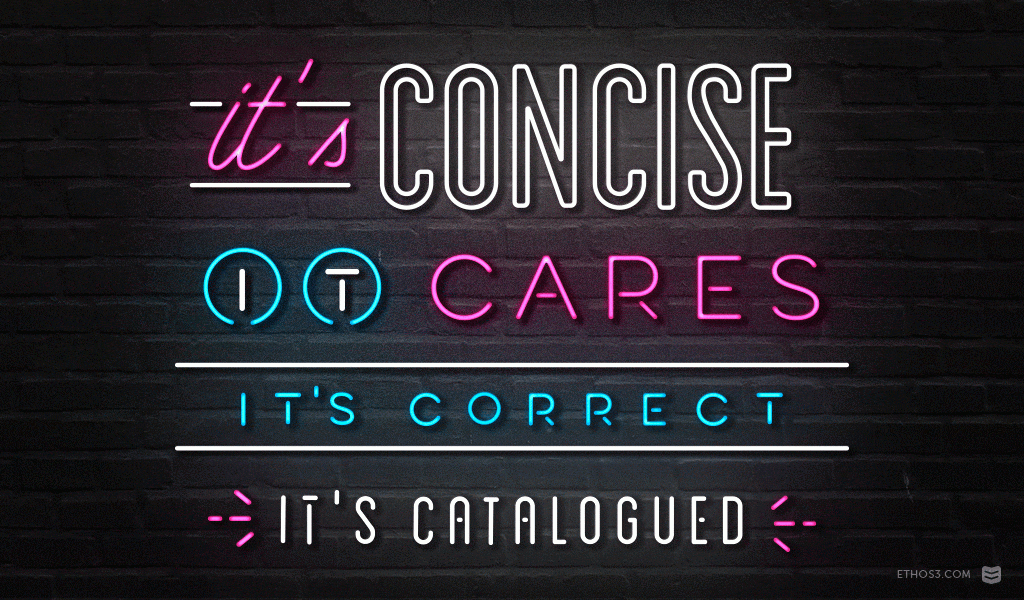We’ve analyzed hundreds of presentations for our blog, all with the purpose of giving our readers (and ourselves) some nuggets of wisdom from historical and modern greats. There is often a common thread that runs through successful speeches, regardless of the speaker’s personality and the purpose of the talk.
Instead of analyzing one specific talk, here are the four shared traits of a powerful presentation. Before you read through the list, think of the last speech you saw that really impressed you. Which one of these categories did it excel in? Where could you find room for improvement using these four as a guide?
Keeping those questions in mind, here are the 4 C’s of a good presentation:

It’s Concise
If you keep checking your watch or itching to look at your buzzing phone, the presentation probably isn’t concise. This point is about choosing the right length of the overall talk to keep your audience’s attention, paired with content that keeps their attention. Being concise is all about saying what you need to say, and not wasting anyone’s time. Consider that the Gettysburg Address is only 2.5 minutes long: what else did Lincoln really need to say when he had already explained it all?
It Cares
A presentation that “cares” is a presentation that speaks directly to the audience’s hopes and fears. It is a presentation that fully understands what the audience needs to hear, and is crafted to serve them. A speech isn’t merely about showcasing your product or concept, it is about showing your audience how their lives will improve once this concept is in place. Put your audience first, and a great speech will follow.
It’s Correct
This element of a great speech is not necessarily about dotting your “i’s” and crossing your “t’s,” but rather an approach to the research aspect of your talk in general. Being correct is about providing timely, relevant information to your audience. It is also about preparing for talk to make sure your devices work, your presentation is readable in the back, and that everything goes smoothly. A “correct” presentation never veers away from its purpose and never takes its audience’s intelligence (or fact checking abilities) for granted.
It’s Catalogued
A good presentation might feel off the cuff, but is actually held together by a logical structure. Main points are organized by importance, sub points are organized beneath those main points, and everything guides the audience perfectly to the final call to action. A catalogued speech implies that the main ideas are easy to spot, and the supporting information is organized exactly where they need to be. Think of a book filled with different colored sticky tabs; you know where to look for the important information, even if the volume is dense. The same is true of a speech, where the most crucial points are clearly laid out and organized on each slide.
The 4 C’s are present in every great speech delivered. They suggest that the speaker has taken time to work through the content of their presentation beforehand to ensure that each moment on stage is used wisely. Are any of these C’s a part of your next big presentation? If not, how can you change your initial plan to check off each of these elements?
If you want more resources about how to craft a great presentation, check out these related articles:
Presentation Design Analysis: Presenting as Yourself
